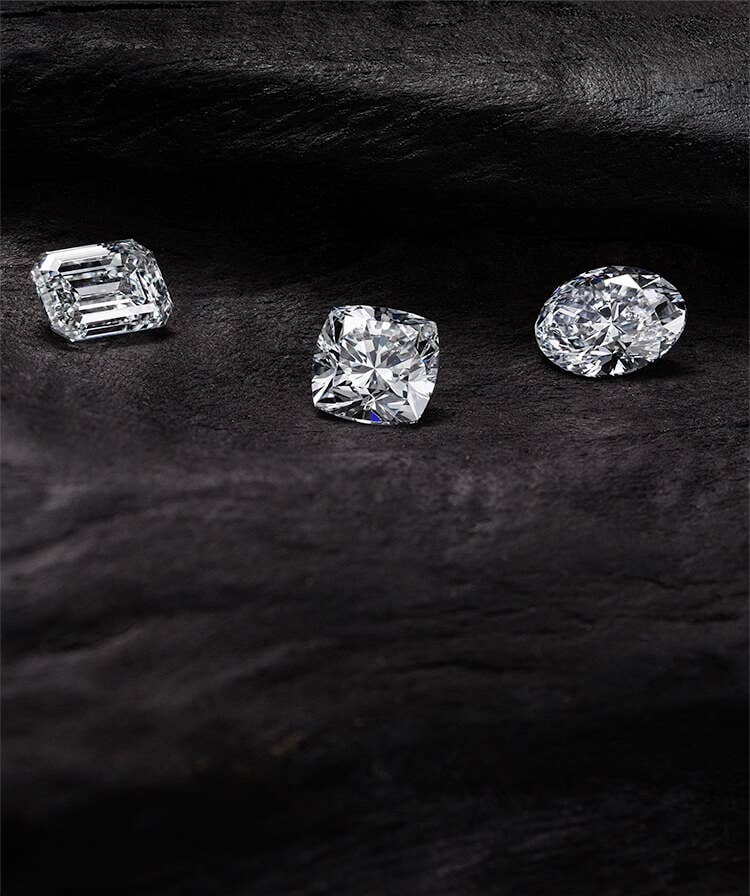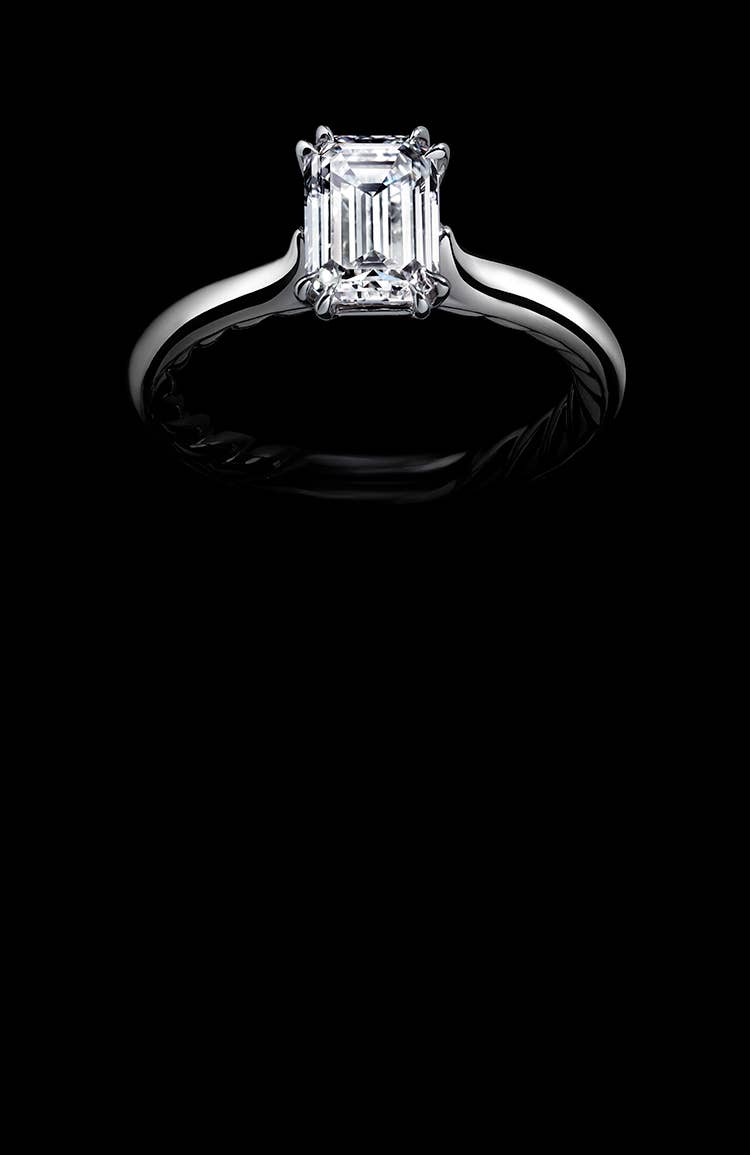Our Diamonds
policy and superior standards for quality.
diamond policy and superior
standards for quality.
CONFLICT-FREE DIAMOND POLICY
CONFLICT-FREE
DIAMOND POLICY
In all of its jewellery, David Yurman uses only diamonds procured in accordance with the Kimberley Process. This process was established in 2003 following a United Nations General Assembly resolution to prevent “conflict diamonds” from entering the rough diamond market.
In all of its jewellery, David Yurman uses only diamonds procured in accordance with the Kimberley Process. This process was established in 2003 following a United Nations General Assembly resolution to prevent “conflict diamonds” from entering the rough diamond market.
At David Yurman, we are dedicated to
ensuring the integrity of our diamond supply chain. Through a system
of internal and third-party audits, we hold all our suppliers and
manufacturers to the highest ethical standards in sourcing diamonds
and manufacturing products with diamonds. We have a zero-tolerance
policy towards conflict diamonds—we only use diamonds that are
warranted to be conflict-free.
At David Yurman, we are dedicated to ensuring the integrity of our diamond supply chain. Through a system of internal and third-party audits, we hold all our suppliers and manufacturers to the highest ethical standards in sourcing diamonds and manufacturing products with diamonds. We have a zero-tolerance policy towards conflict diamonds—we only use diamonds that are warranted to be conflict-free.
THE EARTH’S ELEMENTS TRANSFORMED
THE EARTH’S ELEMENTS
TRANSFORMED
Diamonds begin as carbon many
miles below the earth’s surface. Hundreds of millions of years
of heat and pressure transform the element into crystalline
gemstones before volcanic eruptions propel them to the
surface.
Diamonds begin as carbon many
miles below the earth’s surface. Hundreds of millions of years
of heat and pressure transform the element into crystalline
gemstones before volcanic eruptions propel them to the
surface.

Although gem-quality stones are found in only a few places in the world, diamonds are everywhere in the universe—sometimes falling to earth as part of meteorites and interstellar dust. Ultimately their true origins remain a mystery of the cosmos.
Although gem-quality stones are found in only a few places in the world, diamonds are everywhere in the universe—sometimes falling to earth as part of meteorites and interstellar dust. Ultimately their true origins remain a mystery of the cosmos.

ABOVE: A rare 109-carat rough diamond.
ABOVE: A rare 109-carat rough diamond.
diamonds can capture
David Yurman’s artistic
eye and reflect his
creative inspiration.
centrepieces of our unique engagement rings.
centrepieces of our unique engagement rings.
David Yurman specialises in round and cushion-shaped stones, such as his patented DY Signature Cut™—with defined corners and an elegant curve sloping down the diamond’s edges. Each David Yurman diamond is cut for beauty, even if it means sacrificing more of the rough diamond.
David Yurman specialises in round and cushion-shaped stones, such as his patented DY Signature Cut™—with defined corners and an elegant curve sloping down the diamond’s edges. Each David Yurman diamond is cut for beauty, even if it means sacrificing more of the rough diamond.
Additionally, David Yurman offers a range of engagement rings with sapphire, emerald and ruby centre stones, along with Fancy Intense yellow diamonds for the bride looking to proclaim her love in vivid colour.
Additionally, David Yurman offers a range of engagement rings with sapphire, emerald and ruby centre stones, along with Fancy Intense yellow diamonds for the bride looking to proclaim her love in vivid colour.
The term “flaw” is often used to define these unique traits, and measure the diamond’s rarity. For our engagement rings, David Yurman only selects stones from the highest clarity grades—from IF (Internally Flawless) to SI1 (Slightly Included).
The term “flaw” is often used to define these unique traits, and measure the diamond’s rarity. For our engagement rings, David Yurman only selects stones from the highest clarity grades—from IF (Internally Flawless) to SI1 (Slightly Included).
The unique report number is laser inscribed on the girdle of the diamond to link the stone to its GIA grading report.
The unique report number is laser inscribed on the girdle of the diamond to link the stone to its GIA grading report.













